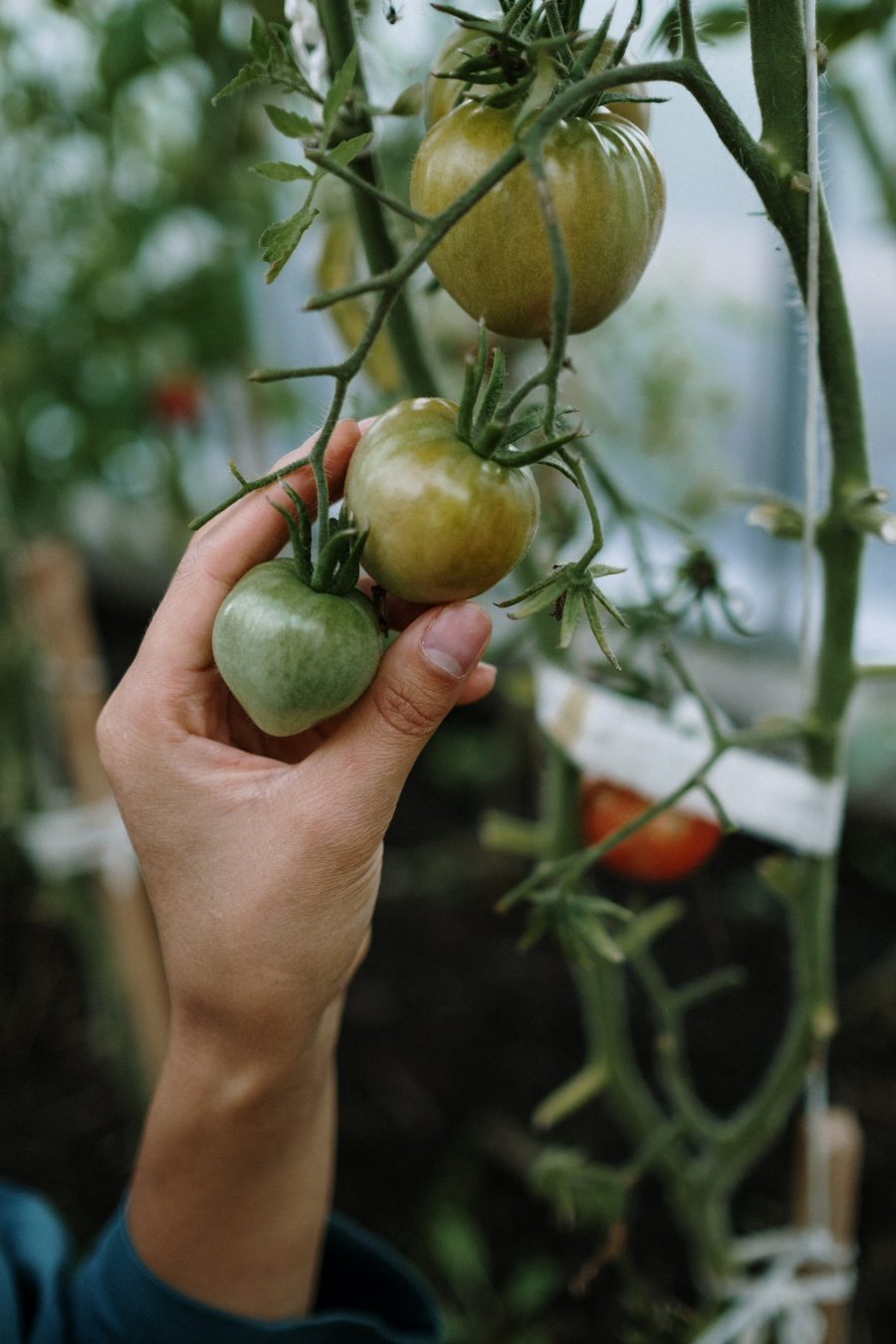Simple Steps to Help you Grow Your own Food
With the rising cost of living at the forefront of our thoughts these days, your mind may have begun turning toward ways of becoming more self-sufficient.
While most of us probably don’t have the space or budget to raise our own chickens or to keep cows for milk and meat, one thing that many of us can do is start growing our own fruit and veg. You don’t even need a garden to be able to do this, although, of course, it helps if you do have one.
Even better news – you don’t need to be an expert gardener. All you need is a willing attitude, some essential materials, some seeds, and a dollop of patience.
Keen to get started? Here are some simple steps for you to follow as you make the transition from shopper to grower.
Choose Some Easy ‘Starter’ Species
As you may already know, some fruits and vegetables are easier to grow than others. If you’re quite new to gardening, it’s a good idea to order seeds from species that are low-maintenance, hardy, and quick to develop. That way, you can develop your confidence, and you will have a high chance of successfully producing a crop, even with not much expertise.
Some of the easiest fruit and veg to grow include potatoes, tomatoes, strawberries, courgettes, chillies and shallots.
Protect Your Plants
Once your young fruit and vegetable plants have begun to grow, it’s important to keep them protected. Birds, rodents, and rabbits will try and pilfer them if they can. Fortunately, you can buy netting to place over your plants to keep them safe from furred and feathered thieves.
You can find the best garden netting for your homegrown crops at William James & Co, including mesh and biodegradable jute options. The best garden netting will help you get more out of your food.
Read The Instructions
Once you’ve ordered your seeds, or found some gems at a local seed swap, you may be tempted to stick them in the soil right away and hope for the best.
However, before you plant them, it’s important that you read the directions on the backs of the packets. Not all fruit and veg are created equal; some prefer drier conditions while others don’t mind the damp; some prefer full sun while others thrive in partial shade.
Planting your seeds according to the guidelines will give you and your plants-to-be the best chance of germination and subsequent growth.
Improve Your Soil
To give your young fruit and veg plants the best chance of achieving their full growth and productivity, you should dedicate some time and energy to improving your soil quality. If you have a compost heap, you can use the soil from this to enrich your ground in no time.
Alternatively, if you don’t have the space for a compost heap, you can help to feed your soil by giving it some kitchen scraps. Coffee grounds, kitchen leftovers and garden waste can be dug back into the earth to provide essential nutrients.
Of course, if you’re growing on a balcony or in container pots, then you can buy in some smaller bags of peat-free compost or a seedling potting mix to give your seeds a head start.
Happy Growing!
As you can see, starting your first fruit and vegetable garden doesn’t have to be daunting. While some trial and error is sure to be involved, you’ll quickly master the basics, and hopefully your efforts will be rewarded in a few months’ time with your very own crop of homegrown produce.
Share It on :





